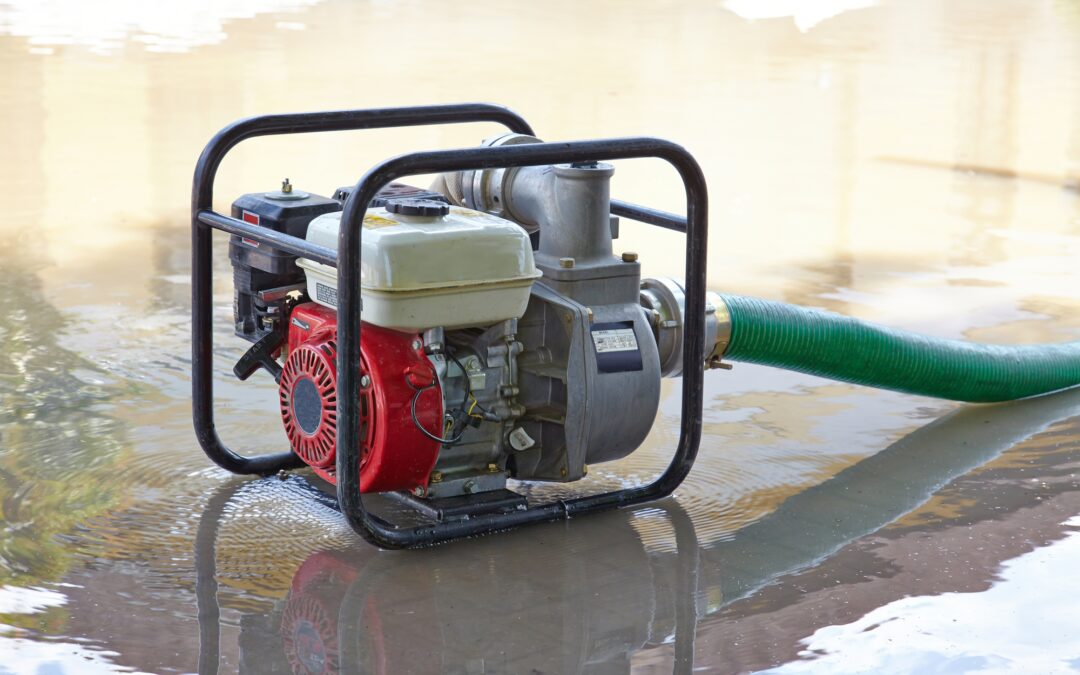When embarking on the quest for a reliable magnum diaphragm pump, it’s akin to seeking a trusted companion for your water management needs. This piece of equipment is not just a tool; it’s a lifeline for various applications, be it industrial, agricultural, or construction sites. The key to finding the right pump lies in understanding its features, capabilities, and how it aligns with your requirements.
Contents
Understanding the Basics
Before diving into the selection process, let’s demystify what a Magnum diaphragm pump is. Essentially, this device uses a flexible diaphragm that moves back and forth to create a temporary vacuum, drawing in and expelling fluids. Its design ensures that it can handle a variety of fluids, from clean water to viscous liquids, making it versatile and indispensable.
Step 1: Assess Your Fluid Handling Needs
First things first, evaluate what you need the pump for. Are you dealing with clean water, abrasive slurries, or chemicals? The nature of the fluid dictates the type of diaphragm pump you need. For handling harsh chemicals, seek out pumps made with resistant materials like PTFE or Viton to ensure longevity and safety.
A personal anecdote from a vineyard owner I once met illustrates this perfectly. He switched to a specific model designed for abrasive fluids after his previous pump wore out prematurely from pumping gritty water used in soil preparation. This small change drastically improved his operations and reduced maintenance costs.
Step 2: Consider the Pump’s Flow Rate and Pressure
The pump’s capacity and pressure output are crucial. You’ll need a pump that matches your system’s flow rate and pressure requirements. An engineer friend once shared how selecting a pump with an adequate flow rate revolutionized their manufacturing process by optimizing the transfer of viscous materials, enhancing efficiency, and preventing system overloads.
Diaphragm Magnum pumps come in various sizes, each suited to different tasks. Determining the right balance between flow rate and pressure ensures your operations run smoothly without hiccups.
Step 3: Power Source Consideration
Your choice of power source—electric, pneumatic, or hydraulic—will significantly impact the pump’s applicability and operational cost. For remote or hazardous locations, pneumatic pumps are often preferred for their safety and simplicity. Meanwhile, electric pumps might be the go-to for settings where power efficiency and noise levels are concerns.
A fascinating example comes from a remote construction project where electricity was scarce. The project manager opted for pneumatic diaphragm pumps, which were powered by compressed air, ensuring uninterrupted operations despite the challenging environment.
Step 4: Evaluate the Pump’s Material Compatibility
Material compatibility is paramount. The pump’s components must withstand the fluids it handles. This isn’t just about durability; it’s about safety and efficiency. A chemical processing plant manager once recounted how switching to a pump with chemical-resistant materials eliminated the frequent breakdowns they faced, underscoring the importance of matching the pump’s materials to the task at hand.
Step 5: Prioritize Ease of Maintenance and Support
Lastly, consider how easy it is to maintain and repair the pump. Pumps that are straightforward to disassemble, repair, and reassemble ensure minimal downtime and lower long-term costs. Moreover, selecting a pump from a manufacturer that offers robust support and a supply of spare parts is a wise move.
An event organizer shared how a pump with easy maintenance was a game-changer for their water feature installations, allowing quick repairs even during events, ensuring the show went on without a hitch.
Wrapping It Up
Choosing the right magnum diaphragm pump boils down to understanding your needs and the intricacies of the pump’s operation. Whether you’re managing a farm, running a manufacturing line, or overseeing construction projects, the right pump is out there. By following these steps, you’re well on your way to making an informed decision that ensures efficiency, reliability, and peace of mind.
Remember, the right pump is more than just a piece of equipment; it’s a vital component that supports your operations. By considering these aspects, you’ll find a pump that not only meets your needs but also exceeds your expectations, proving to be a reliable ally in your endeavors.
Featured Image Credit: Deposit Photos

